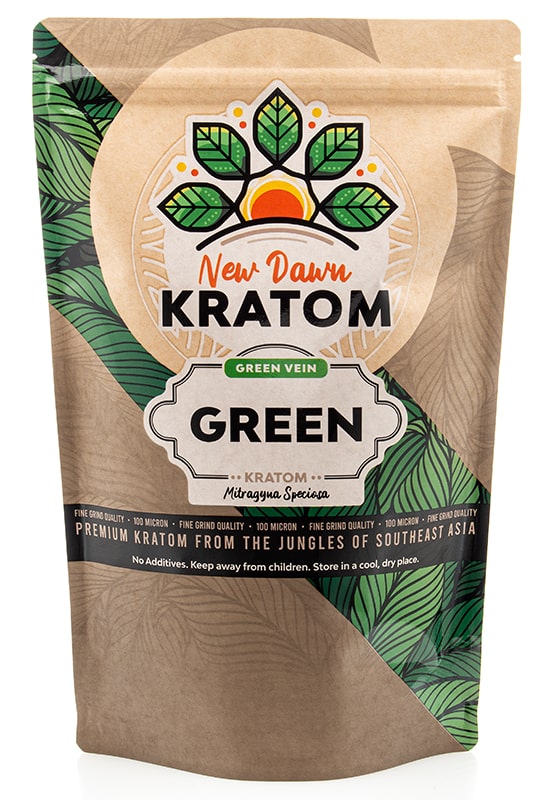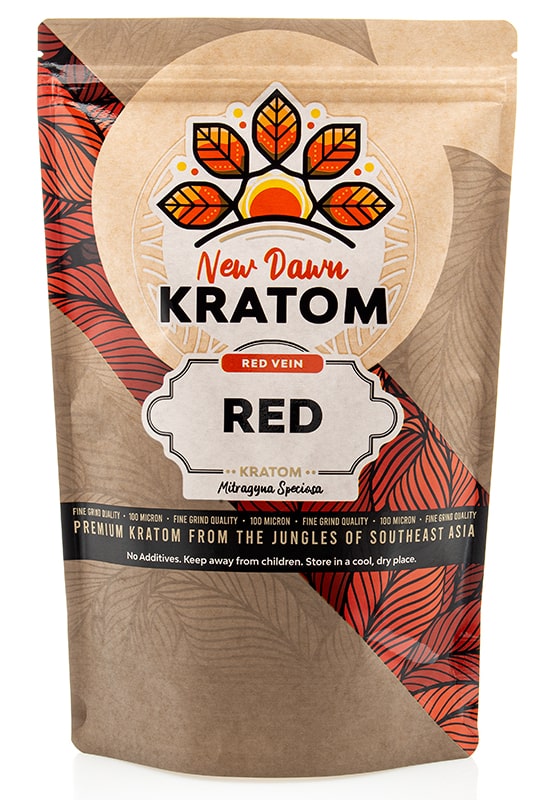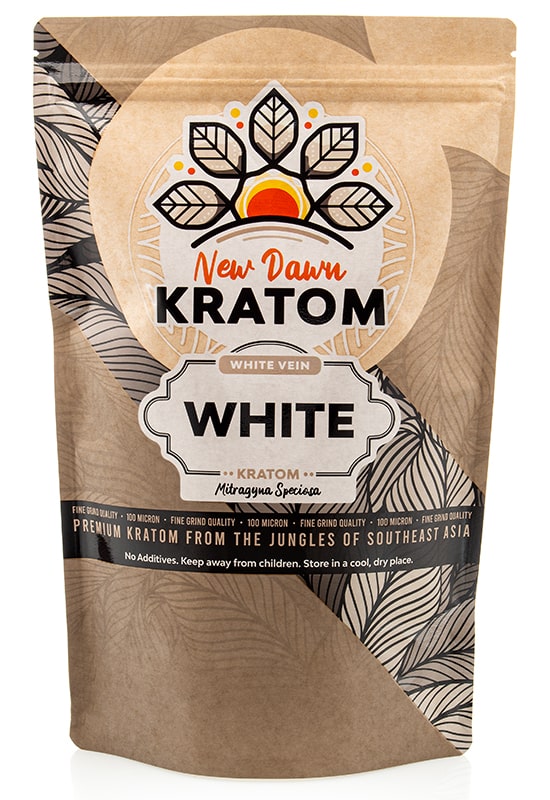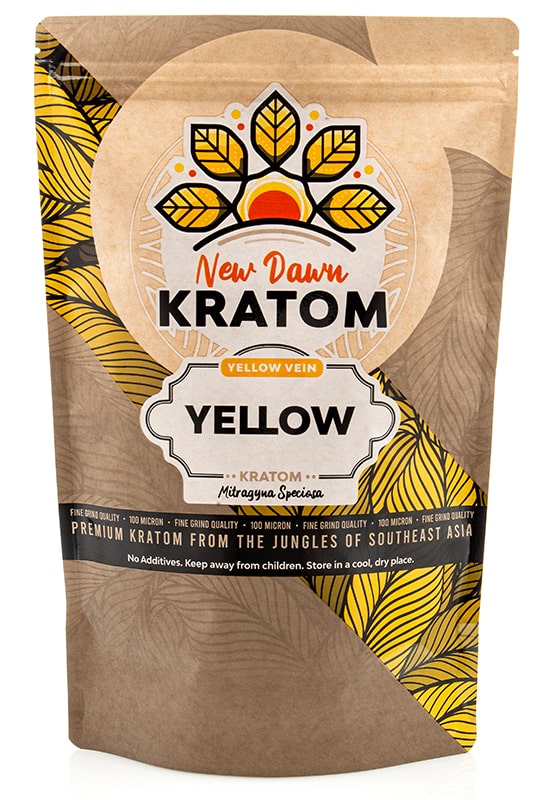Kratom is gaining popularity as a botanical, but it’s important to learn about strains, effects, dosing, and adverse effects. In this guide, we’ll explore two popular red vein varieties, Red Maeng Da and Red Sumatra Kratom.
Whether new to kratom or an experienced user, knowledge of origins, potential effects, side effects precautions, and similar strains empowers informed decisions. So, let’s break down need-to-know details about Red Maeng Da and Red Sumatra.
What is Red Maeng Da Kratom?
Originally created in Thailand through a specialized breeding process, Red Maeng Da Kratom’s signature red color results from the harvesting of mature from the Maeng Da kratom plant. Although the Maeng Da strain was originally from Thailand, most is now cultivated commercially on Indonesian farms, providing an ideal climate for successful strain cultivation.
Red MD differs from White and Green Maeng Da color varieties based on when the leaves are harvested. Red leaves are harvested at the latest in the growth process, where the leaves undergo a series of biological processes. It is believed that the time in which kratom leaves are harvested affects the total alkaloid profile and, therefore, the overall potential effects as well.
There are over 40 alkaloids in Red MD, many of which have not been studied well. The two primary alkaloids are mitragynine and 7-hydroxymitragynine, which are believed to contribute to the lion’s share of the effects. A plethora of secondary alkaloids may also exist in the Maeng Da color variety, including speciociliatine, speciogynine, mitraciliatine, and paynantheine, to name a few.
In terms of potential effects, Red Maeng Da is known to be a potentially energetic red compared to other varieties. Some users say it is a potentially suitable red strain for daytime uses because it does not lead to as much potential sedation as other strains.
What is Red Sumatra Kratom?
Red Sumatra is found naturally in the rainforests of Sumatra, Indonesia. Like other red veins, its vibrant color emerges through deliberate harvesting methods – allowing leaves to fully mature before picking combined with prolonged sunlight exposure post-harvest.
Compared to Red Maeng Da, Red Sumatra is less well-known and popular. Generally, it is considered less potent and with less potential for energetic effects, leading more towards potential relaxation, calming, and sedative effects in higher dosage ranges. It is generally considered more dependable and stable, with a slightly longer duration of effects.
Regarding the alkaloid content, Red Sumatra contains the two primary alkaloids, mitragynine, and 7-hydroxymitragynine. Secondary alkaloids such as speciociliatine, speciogynine, corynantheidine, and ajmalicine may also exist, along with many others. Although the secondary alkaloids and their interactions have not been well-studied. The overall alkaloid profile and the quantities of each likely set Red Sumatra apart from other strains and varieties.
Potential Benefits
Red Maeng Da
- May increase alertness
- Possibly improves focus
- It might temporarily calm a stressed mind
- It might sharpen clear thinking and creativity
- It may deliver an energy lift
- Possibly enhances sociability
Red Sumatra
- May promote relaxation
- Could possibly gently uplift the mood
- It possibly calms the mind and body temporarily
- It may enhance feelings of well-being
- It might lead to calming and stress reduction
Of course, experiences differ. It’s wise to start slowly with kratom and consult a doctor before using either strain.
Potential Side Effects
Some possible common side effects include:
- Nausea
- Dizziness
- Vomiting
- Constipation
- Sweating
- Dry mouth
- Fatigue
- Headaches
- Kratom Wobbles
The above list is just some common side effects, although others not listed here may manifest in some people. The appearance of more severe side effects could manifest in rare circumstances in certain individuals at any dose. For these reasons, the FDA has warned the public not to use kratom. One should always consult with a medical professional first, avoid mixing any kratom product with any drug or medication, and discuss kratom with their doctor if they have pre-existing medical conditions.
Also, daily kratom use could lead to dependence and withdrawal, so one should consider this as well before trying any kratom strain.
Suggested Dosing
Red Maeng Da
| Mild Dose | Moderate Dose | Not Recommended |
|---|---|---|
| 1 to 2 grams - Possible heightened alertness and mild mood improvement. | 2 to 4 grams - Likely balance between energy and relaxation, enhanced focus, and subtle sense of well-being. | 3 to 6 grams - It is not recommended to exceed 4 grams of Red Maeng Da Kratom, as higher doses may lead to potential side effects, including nausea and dizziness. |
Red Sumatra
| Mild Dose | Moderate Dose | Not Recommended |
|---|---|---|
| 1 to 2 grams - Possible gentle mood elevation and increased awareness. | 2 to 4 grams - Likely improved focus, clarity, and subtle overall well-being. | 5+ grams -It is not advisable to exceed 4 grams of Red Sumatra Kratom, as higher doses may lead to potential side effects and are not recommended. |
Always start low/slow with either kratom strain to assess your personal fit and the lowest dosage needed to see potential benefit.
Similar Strains
Red Bali
Grown in Bali’s tropical forests. It is known for its potential relaxation and stress relief.
Red Borneo
From Borneo island. It may offer relaxation with mild sedation to help unwind.
Red Thai
Originally from Thailand. It’s said to provide some mood enhancement alongside chill vibes potentially.
Red Indo
Praised for its potential gentle effects and possible tranquility enhancement.
Red Malay
Some value Red Malay for blending potential relaxation with gentle energy lift.
While the above strains share similarities with Red Maeng Da and Red Sumatra, individual reactions vary based on tolerance, dose, etc.









